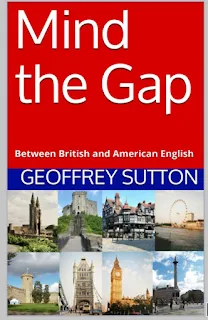3. Red Bones Shetland Series Book 3 by Ann
Cleeves
An old
woman, Sandy Wilson’s grandmother Mima Wilson, stepped outside her house one
night. She is shot and killed. It looks like a hunting accident.
Two young
women have been conducting an archeological dig on her land. The discovery of old bones, combined with the
memories of the islanders, help solve the mysterious murder but not before
another killing increases grief and paranoia.
This is
book three in the Shetland Islands series. It’s set on the off island of
Walsay, which is home to Sandy Wilson, assistant to DI Jimmy Perez whose
romantic partner, Fran Hunter, and her daughter Cassie are in London for most
of the story. Also, English DI Roy Taylor from the Inverness office is not with
the Shetland team during this investigation.
As usual
with Ann Cleeves storytelling, the background story of the characters and the Island
history enrich the mystery. We learn more about Sandy Wilson’s family and the
story of the famous Shetland Bus, which was a special operations group of
Norwegians who escaped during the Nazi takeover of Norway in 1940. You can
learn more of the history at the Scalloway Museum on the main island.
I have a
paperback version as part of a box set and recommend this volume to those
who enjoy slow and thoughtful styles of British crime mysteries and appreciate
learning new words that add to the texture of Shetland culture.
Buy Red Bones Paperback also an Audiobook
Please check out my website www.suttong.com
and see my books on AMAZON or GOOGLE
STORE
Also,
consider connecting with me on FACEBOOK Geoff W. Sutton
TWITTER @Geoff.W.Sutton
Ad
You may find the book, Mind the Gap, interesting.
Mind the Gap…Between British and American Language & Culture
Available on AMAZON as a Paperback or Kindle Book


Comments
Post a Comment